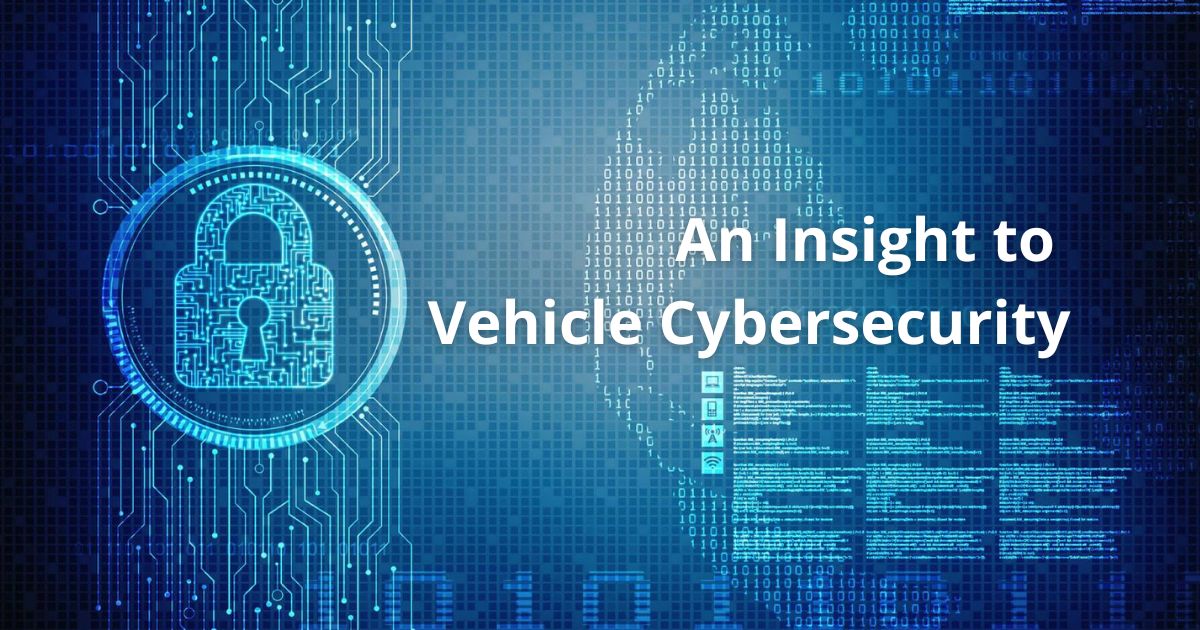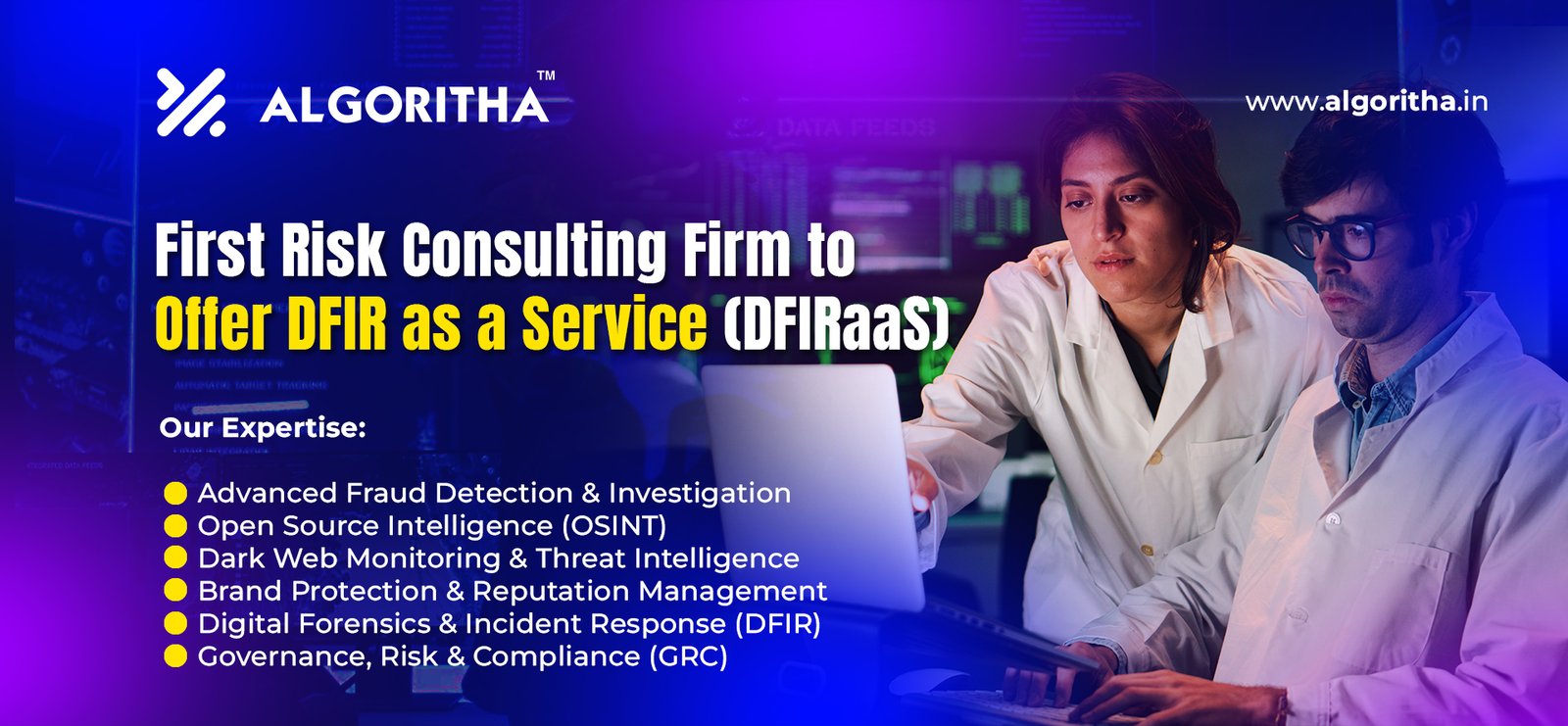As the automotive industry accelerates toward full connectivity and autonomy, Vehicle-to-Everything (V2X) communication has become a cornerstone of modern transportation. This network allows vehicles to interact with each other (V2V), with infrastructure (V2I), with pedestrians (V2P), and other digital systems. While this advancement promises safer and smarter mobility, it also opens the door to severe cybersecurity threats.
What is V2X Cybersecurity?
V2X Cybersecurity encompasses the frameworks, technologies, and practices that safeguard the real-time data exchange between connected vehicles and their environment. It ensures that this communication is free from cyberattacks, unauthorized access, or data tampering, preserving the safety, privacy, and performance of smart vehicles.
Key Applications of V2X Cybersecurity
• Vehicle-to-Vehicle (V2V): Prevents collisions by securely sharing position and speed data between nearby vehicles.
• Vehicle-to-Infrastructure (V2I): Protects communications between vehicles and traffic lights, toll booths, or road signs.
• Vehicle-to-Pedestrian (V2P): Secures exchanges between vehicles and pedestrians’ smartphones or wearables.
• Autonomous Vehicles: Protects onboard sensors, control systems, and navigation modules from being hijacked.
• Fleet Management: Safeguards logistics fleets from cyber intrusions that could manipulate routes or steal data.
ALSO READ: Cyber Crisis Drills No Longer Optional: Strict Mandates Released by Indian BFSI Regulators!
Advantages and Benefits
• Enhanced Safety: Blocks malicious attempts to disrupt vehicle controls or infrastructure coordination.
• Data Privacy: Protects user identities and sensitive information transmitted across systems.
• Operational Continuity: Prevents downtime in intelligent transport systems due to cyber incidents.
• Regulatory Compliance: Aligns with evolving laws and global cybersecurity standards.
• Consumer Trust: Boosts confidence in connected car technologies and autonomous transport.
ALSO READ: “DFIR Capability Maturity Assessment Framework” by ALGORITHA
Global Vehicle Hack Cases
1. Jeep Cherokee Hack (2015): Two researchers remotely took control of the car’s steering, brakes, and transmission, exposing vulnerabilities in the infotainment system.
2. Tesla Model S Hack (2016): Hackers exploited the car’s CAN bus network, taking control of braking and acceleration functions.
3. BMW Remote Unlock Breach (2018): Security flaws allowed hackers to remotely unlock and track vehicles using telematics vulnerabilities.
4. Toyota Data Breach (2023): Millions of vehicle records, including location data, were exposed due to insecure cloud storage configurations.
Forensic Challenges in Vehicle Cyberattacks
• Data Volatility: Vehicle data logs can be overwritten quickly, making incident reconstruction difficult.
• Proprietary Systems: Diverse platforms and operating systems across manufacturers complicate analysis.
• Encrypted Channels: High-level encryption makes it challenging to trace malicious commands.
• Attribution Issues: Difficulty in identifying the source of the breach or intent behind the attack.
ALSO READ: Call for Cyber Experts: Join FCRF Academy as Trainers and Course Creators
Preventive Measures for Vehicle Owners
• Update Vehicle Software Regularly to patch known vulnerabilities.
• Avoid Using Public Wi-Fi to access vehicle-related apps or dashboards.
• Disable Bluetooth/Wi-Fi when not in use to prevent unauthorized access.
• Use Multi-Factor Authentication for all vehicle apps and accounts.
• Install Only Manufacturer-Approved Apps and avoid third-party diagnostic tools.
• Get Periodic Cybersecurity Audits from certified professionals.
Advisory for Vehicle Owners and Automakers
With the rise of connected vehicles, automobile hacking is no longer a theoretical threat but a real and present danger. It is crucial for automakers to embed security-by-design principles in vehicle architecture and for users to stay informed and vigilant. As vehicle systems become more digital, the need for automotive cyber forensic expertise also increases. Every compromise must be examined not just for root cause analysis but also for legal compliance and liability management.
In India, where connected vehicle adoption is growing rapidly, V2X cybersecurity must become a national priority. Collaborative efforts between the automotive sector, cybersecurity firms, and regulatory bodies will be essential in securing the roads of tomorrow.
As mobility becomes smarter, safety must become sharper. Stay secure. Drive safe. Think cyber.


